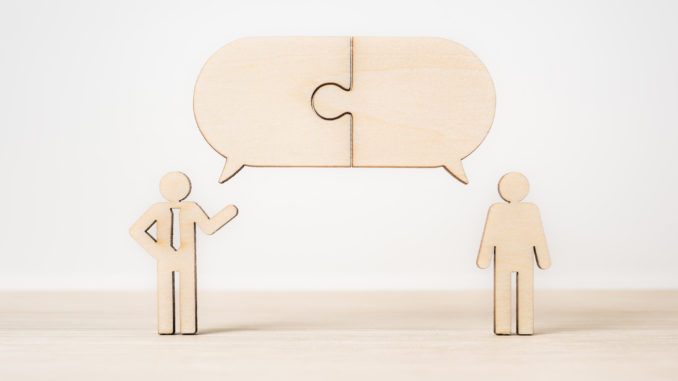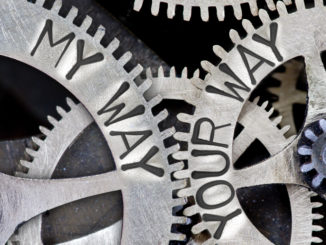
There are benefits of actually heading into London and taking the opportunity to network over your first cup of coffee (and as we met in Gail’s we had to grab a cake too)
The 45-minute catch up with David O’Hara this morning was just what I needed as we reflected on the world of business design, architecture and change.
As I reflect back on the discussion, we were both sharing experiences and observations of what it takes to make change happen and how maybe business architecture/business design is a key missing pillar to many change efforts.
The world of business design can span:
* from business models and business model canvases that discuss market driven propositions and services and the Uber sophisticated customer journeys that tech can now enable on the front end
* to discussions around organisation structures and operating models that need to change in the capabilities, tooling and services provided to deliver the operating backbone of any business and keep it in sync with the needs of the world (sounds overly dramatic maybe)
Understanding the opportunities that the changes will unlock and giving some thought to the capabilities, tooling and services that will deliver the priority business outcomes as a result of business change and investment in projects is at the heart of the more operational aspects of business design
With backgrounds in business architecture, it’s not surprising that we were having this sort of conversation.
We definitely both shared the belief that now more than ever the need to consider the end to end operating model, it’s design from a people, process and systems perspective was key and that somehow the mandate of business design still immature in most organizations needed to be further explored.
I’m not sure Business design is fundamentally a new thing, I wonder if it’s an evolution of aspects of business consultancy and business architecture, turning the dial up on empathy and experiences. It could also be the evolution of operational strategy and aspects of “configuration” that many would have considered in the past.
In many ways flow diagrams and swim lanes have been replaced with “canvases” and impressive visualizations of data that gives the business design models a “wow” factor helping people reimagine what the future could be based on a different way of looking at a businesses as is.
It was a great discussion with promise of more coffee chats in the future. If you had pulled up a chair and joined us in Gail’s this morning – what would you have added to the debate?
What’s your view of the business design debate? Where on the spectrum from customer experience and journeys to operating model and ecosystems do you sit? And who is most likely to own the aspects of the business that the business design team can address, is it the CMO, COO, CIO, HR director or all four? And if more than one, is the role of the business design team to work across the “chiefs” to articulate the changes required in the model that can subsequently be shaped into programmes of change be it delivered in an



